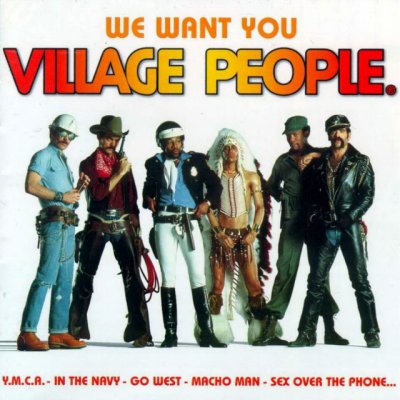Coyote machine
Super Member
- Joined
- May 4, 2009
- Messages
- 7,663
- Location
- Southern VT
- Tractor
- 22 SANY SY 50U, '10 Kioti DK 40se/hst KL-401 FEL, loaded tires, KB-2485 bhoe, Tuffline TB160 BB, Woods QA forks, MIE Hydraulic bhoe thumb & ripper tooth, Igland 4001 winch, & GR-20 Log Grapple. Woods BBX72" Brush Mower. Diamondplate aluminum canopy
When I was a teenager in the Vietnan War era I was the youngest guy in a crew of vets who did professional tree work. We had numerous men on most sites and were felling trees like rabid beavers. I was a ground guy and was responsible to make sure the guy in the tree's ropes were not tangled or caught on anything. I was also to clear the branches and take them to the chipper to chip. It was HARD work and the boss did not think I was going to make it through the first season.
Well I did and I learned a lot. The MOST important thing was to be absolutely aware at all times of what was happening around me and the guy in the tree and to let no one near the tree, me or the chipper.
One time I was on a wooded lot with a guy I didn't really know and I came over to help push a tree in the right direction, to get it started. When he pulled the saw from the cut he went through my jeans just above the knee. Luck for me I was able to get away fast enough he did not hit my skin.
I was really pissed at him and later myself and NEVER worked in his vicinity again for any reason.
After that very close call I was even more careful and if working close to someone else we would discuss it in advance as to what each of us would be doing.
I in no way excuse my idiocy, and have not and will never forget how lucky I was/am. If I need to work the saw or tractor alone I take a walkie talkie with me and someone in the house has the other base unit near them and turned on. I will have my wife or one of my kids come out to check on me periodically and bring me something to drink or eat so I am forced to take breaks.
I wear chainsaw boots, chaps, helmet, gloves and protective eyewear.
I don't really like being alone when I work a saw or tractor, but I don't want anyone in the immediate area either. If felling a real widowmaker tree I will have my wife or someone be beyond the safety zone to keep an eye on me in case anything happens that gets me into trouble. Safety is the overarching concern when operating ANY power tool.
Good luck to all who do, and be safe and smart about what you are doing and how.
Good day all!
Well I did and I learned a lot. The MOST important thing was to be absolutely aware at all times of what was happening around me and the guy in the tree and to let no one near the tree, me or the chipper.
One time I was on a wooded lot with a guy I didn't really know and I came over to help push a tree in the right direction, to get it started. When he pulled the saw from the cut he went through my jeans just above the knee. Luck for me I was able to get away fast enough he did not hit my skin.
I was really pissed at him and later myself and NEVER worked in his vicinity again for any reason.
After that very close call I was even more careful and if working close to someone else we would discuss it in advance as to what each of us would be doing.
I in no way excuse my idiocy, and have not and will never forget how lucky I was/am. If I need to work the saw or tractor alone I take a walkie talkie with me and someone in the house has the other base unit near them and turned on. I will have my wife or one of my kids come out to check on me periodically and bring me something to drink or eat so I am forced to take breaks.
I wear chainsaw boots, chaps, helmet, gloves and protective eyewear.
I don't really like being alone when I work a saw or tractor, but I don't want anyone in the immediate area either. If felling a real widowmaker tree I will have my wife or someone be beyond the safety zone to keep an eye on me in case anything happens that gets me into trouble. Safety is the overarching concern when operating ANY power tool.
Good luck to all who do, and be safe and smart about what you are doing and how.
Good day all!

